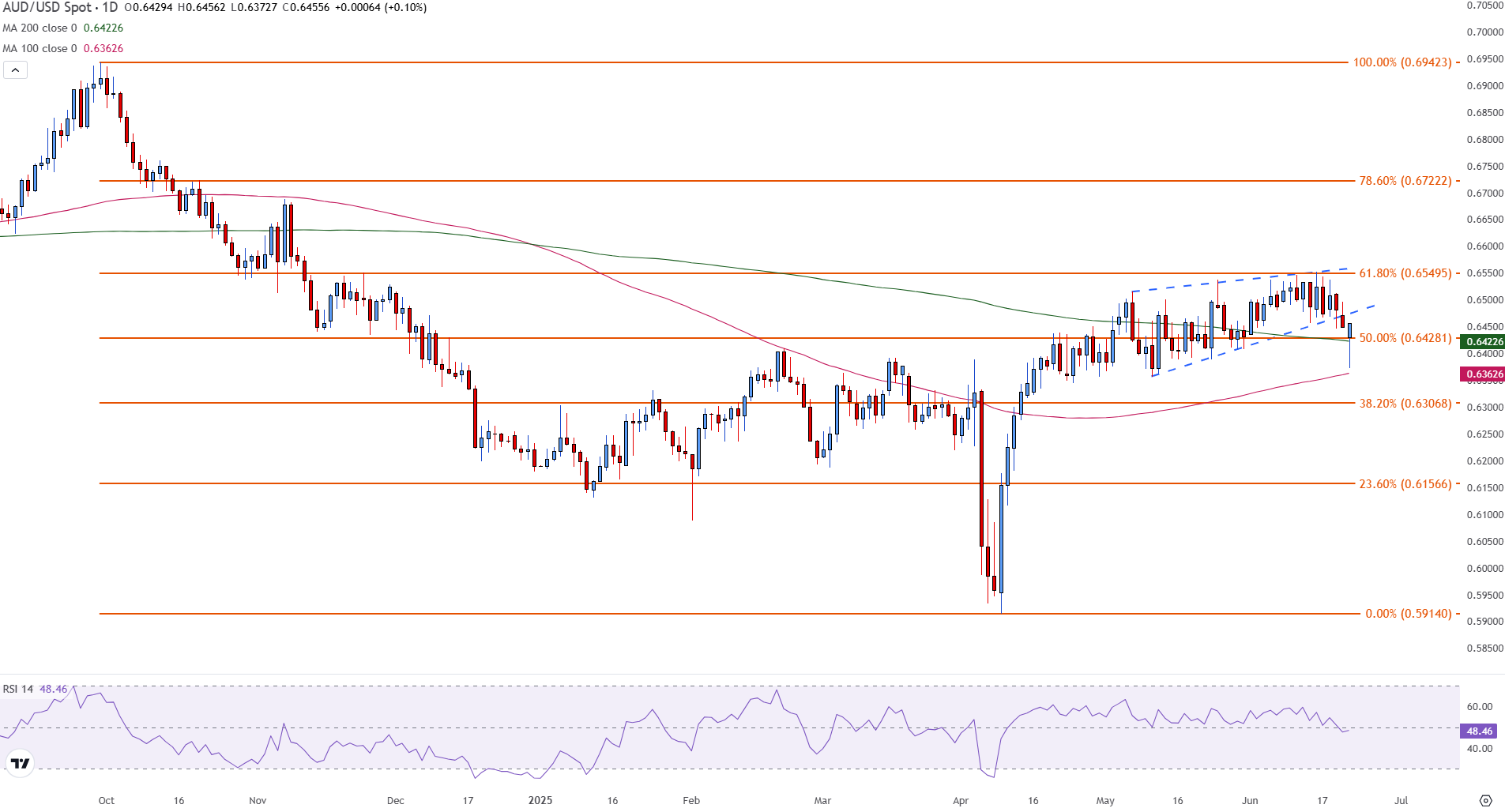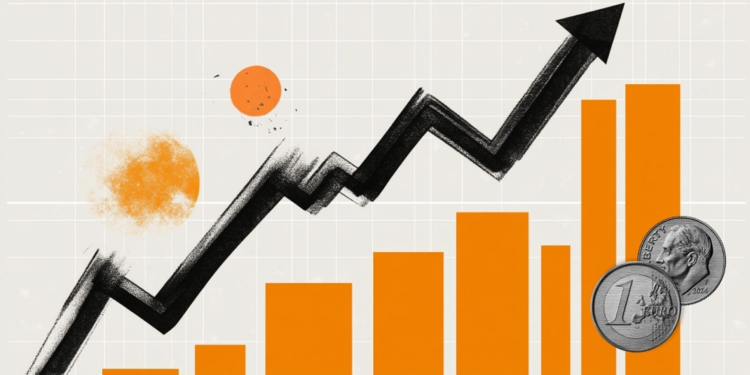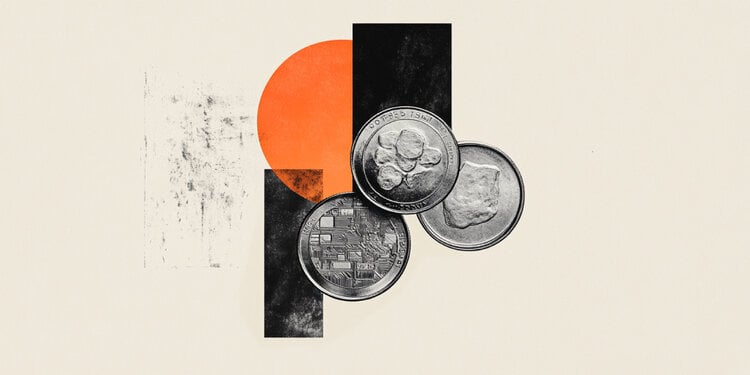- The Aud/USD recovers the simple 200 -day mobile average at 0.6422 after an early weakness linked to tensions between Iran and the US.
- The AUD/USD is stabilized despite the launch of Iranian missiles towards US bases in Qatar.
- Attention focuses on monetary policy while the president of the FED, Jerome Powell, prepares to go to Congress.
The Australian dollar (AUD) remains stable against the US dollar (USD) on Monday after markets absorbed new geopolitical tensions related to Iran. The feeling of risk was briefly deteriorated after the launch of Tehran missiles towards the United States military bases in Qatar. However, the versions of the media that indicated that all the projectiles were intercepted and did not cause victims quickly calmed the markets.
With the immediate threats fading, the operators focused again on the economic foundations, raising the aud/USD above its simple 200 -day mobile average (SMA). The attention now moves to the testimony of the president of the Federal Reserve, Jerome Powell, on Tuesday before Congress, which could clarify the central bank’s perspective on inflation, growth and geopolitical risk.
Supporting the US dollar on Monday, stronger data were presented than expected of the United States, as indicated by the Global S&P purchasing managers index (PMI) for June. The manufacturing PMI remained in 52, exceeding the forecasts of 51, while the PMI of services fell slightly to 53.1 from 53.7, but remains in expansion territory. The data pointed to continuous resilience in the US economy and helped to anchor treasure yields.
The PMI publication of Australia, published on Sunday night, failed to generate a significant reaction in the Aud. The markets remained much more focused on geopolitical headlines and evolutionary expectations around the US monetary policy. The last summary of economic projections of the Federal Reserve indicated two cuts of rates this year. However, if Powell adopts a more cautious or hard -line tone, he could delay relaxation expectations and weigh even more about the aud/USD. Given its close relations with global trade and the demand for raw materials, particularly from China, the Australian dollar remains exposed to both geopolitical risk and changes in external demand conditions.
AUD/USD Technical Analysis
The AUD/USD is trying to stabilize above the 200 -day simple mobile average (SMA) at 0.6422 after briefly exceeding the lower limit of an ascending wedge pattern.
The pair also found support near the Fibonacci recoil level of 50.0% of the fall from September to April at 0.6428.
Aud/USD Daily Graph

The immediate resistance is located at 0.6450, aligning with the resistance of the wedge and a recent intra -diasty. A rupture above this level could open the road to 0.6549, the fibonacci setback of 67.8%, followed by 0.6722 as a possible medium -term bullish objective aligned with the 78.6%decline level. Down, the support remains firm at 0.6422, followed by the 100 -day SMA at 0.6362 and the 38.2% Fibonacci level at 0.6306.
The relative force index (RSI) remains about 48, indicating that the impulse is close to the neutral zone. A firm daily closure above 0.6450 would favor a greater rise, while a ruling to stay above 0.6422 could expose the AUD/USD to new losses, with an objective at 0.6360.
Faqs Australian dollar
One of the most important factors for the Australian dollar (Aud) is the level of interest rates set by the Australian Reserve Bank (RBA). Since Australia is a country rich in resources, another key factor is the price of its greatest export, iron mineral. The health of the Chinese economy, its largest trading partner, is a factor, as well as inflation in Australia, its growth rate and commercial balance. The feeling of the market, that is, if investors are committed to more risky assets (Risk-on) or seek safe shelters (Risk-Off), it is also a factor, being the positive risk-on for the AUD.
The Australian Reserve Bank (RBA) influences the Australian dollar (AUD) by setting the level of interest rates that Australian banks can lend to each other. This influences the level of the interest rates of the economy as a whole. The main objective of the RBA is to maintain a stable inflation rate of 2% -3% by adjusting the interest rates or the low. Relatively high interest rates compared to other large central banks support the AU, and the opposite for the relatively low. The RBA can also use relaxation and quantitative hardening to influence credit conditions, being the first refusal for the AU and the second positive for the AUD.
China is Australia’s largest commercial partner, so the health of the Chinese economy greatly influences the value of the Australian dollar (Aud). When the Chinese economy goes well, it buys more raw materials, goods and services in Australia, which increases the demand of the AU and makes its value upload. The opposite occurs when the Chinese economy does not grow as fast as expected. Therefore, positive or negative surprises in Chinese growth data usually have a direct impact on the Australian dollar.
Iron mineral is the largest export in Australia, with 118,000 million dollars a year according to data from 2021, China being its main destination. The price of iron ore, therefore, can be a driver of the Australian dollar. Usually, if the price of iron ore rises, the Aud also does, since the aggregate demand of the currency increases. The opposite occurs when the price of low iron ore. The highest prices of the iron mineral also tend to lead to a greater probability of a positive commercial balance for Australia, which is also positive for the AUD.
The commercial balance, which is the difference between what a country earns with its exports and what it pays for its imports, is another factor that can influence the value of the Australian dollar. If Australia produces highly requested exports, its currency will gain value exclusively for the excess demand created by foreign buyers who wish to acquire their exports to what you spend on buying imports. Therefore, a positive net trade balance strengthens the AUD, with the opposite effect if the commercial balance is negative.
Source: Fx Street
I am Joshua Winder, a senior-level journalist and editor at World Stock Market. I specialize in covering news related to the stock market and economic trends. With more than 8 years of experience in this field, I have become an expert in financial reporting.







